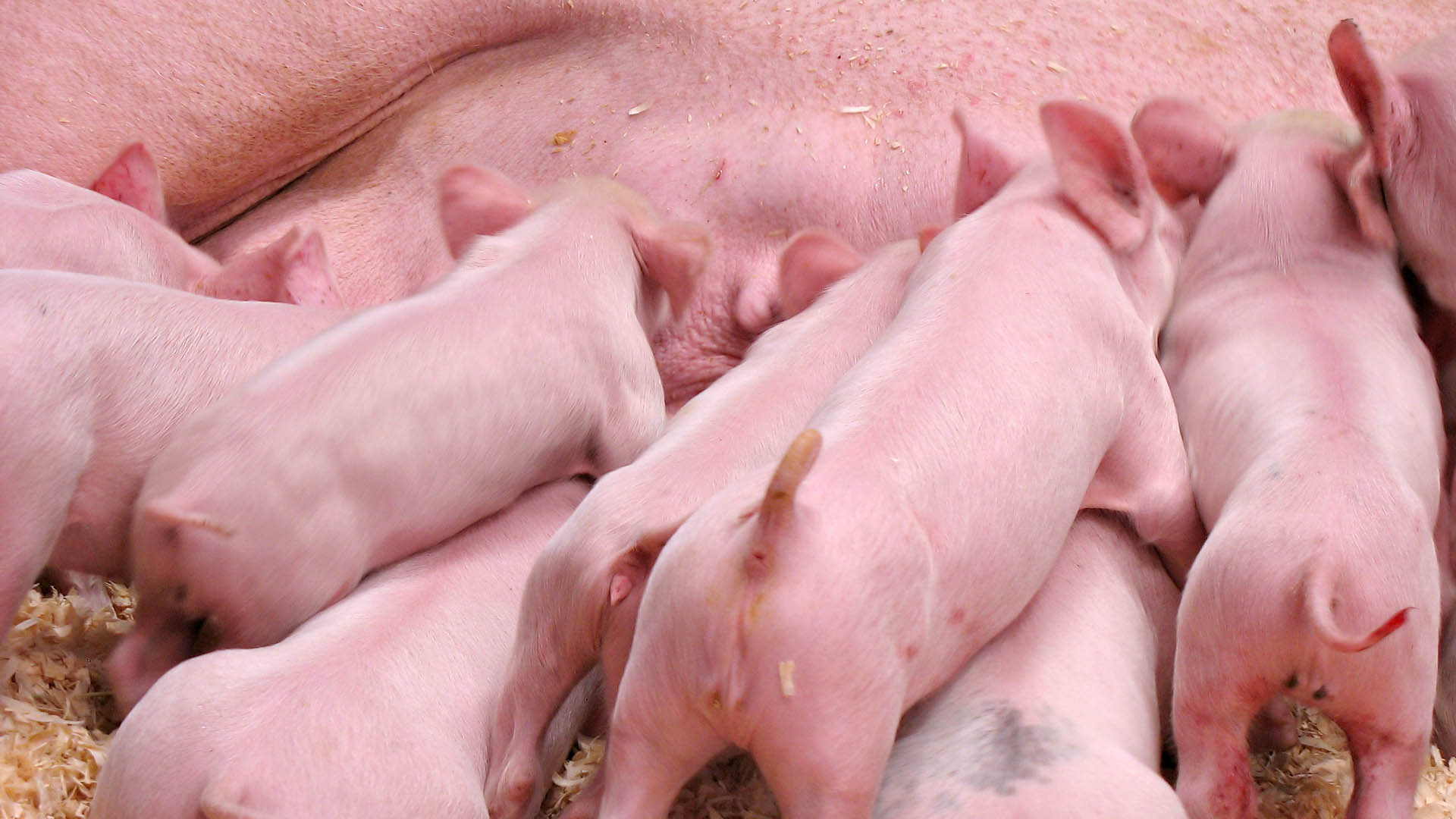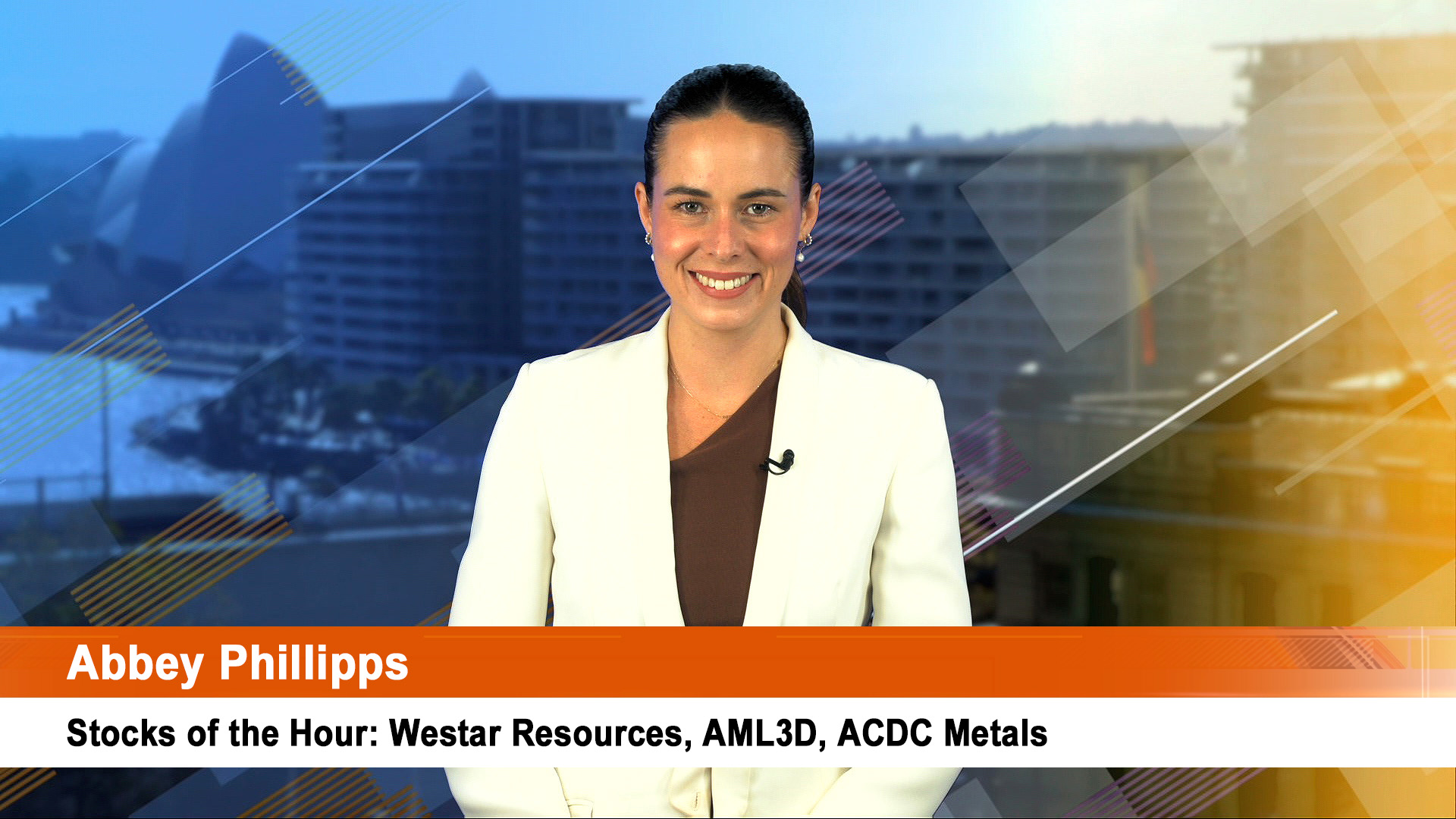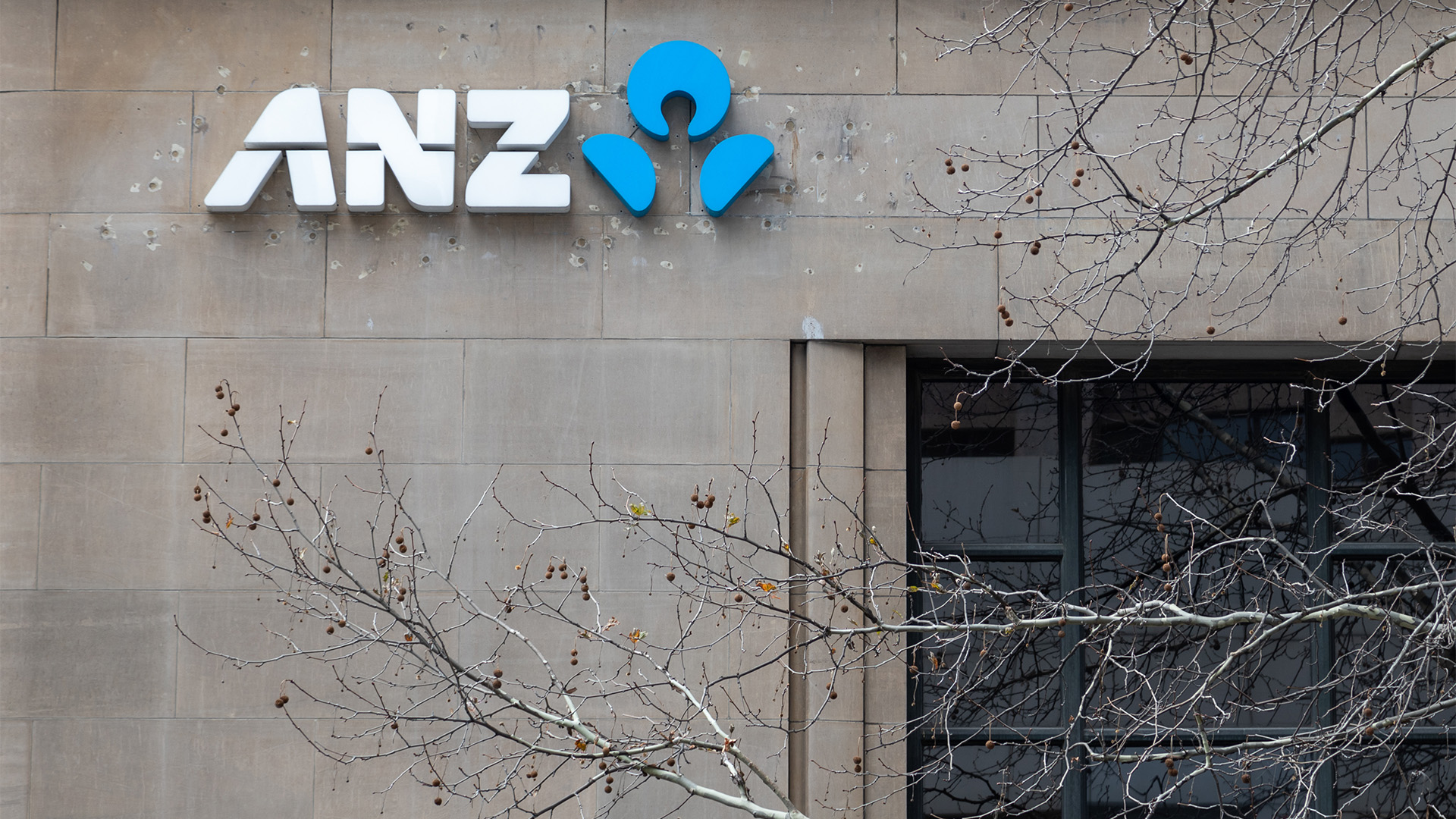The National Australia Bank has fallen further behind its three big rivals (CBA, Westpac and ANZ), despite a rebound in earnings and a lift in interim dividend for the six months to March 31. The NAB yesterday reported cash earnings to $2.92 billion, up 3.1% with the interim dividend up 3c to 93c a share.
For that you can blame the millstone of its UK bank and commercial property businesses which are high cost and sluggish drags on earnings and the bank’s overall performance. Until the NAB can shed these lead weights, it will continue to lag behind its peers.
So without the NAB’s handicap, it’s no wonder the ANZ reported a 10% rise in first-half cash earnings to $3.18 billion and announced an 11% lift in dividend, while Westpac reported a 10% jump in first-half cash earnings to a record $3.525 billion and a special dividend of 10c a share, plus a 2c a share lift in the base dividend rate.
The NAB’s statutory profits – which are more volatile due to different accounting rules – rose 23% to $2.52 million.
NAB’s UK banking unit reported cash earnings of 41 million pounds, which is laughable (The smaller Great Western Bank in the US earned $US55 million in the six months). But the gain in the UK was a bit of an illusion because it simply came as a result of the transfer off Clydesdale Bank’s books (the main UK bank of the NAB) of the UK commercial property business.
The charge for bad and doubtful debts in the UK was 185 million pounds (more than $US270 million) which the NAB said reflected “ongoing economic pressure on distressed assets and falling property values”. That just about sums up the weakness of the NAB’s UK banking businesses, and their problematic future.
On top of this, Clydesdale’s cost to income ratio is a staggering 70%. Last March it was 59% (it is hard to generate the required income growth in the UK to lower the ratio). In comparison, NAB’s New Zealand banking business has a cost to income ratio of 40% and 41.7% for the bank as a whole.
But Clydesdale is one half of the bank’s UK headache. NAB’s UK commercial property business had a loss of 149 million pounds ($226 million) after sales cut the value of assets in the business to 5 billion pounds in March from 5.6 billion in October 2012.
NAB’s predicament is not helped by the sluggish nature of the UK economy and commercial property, and the fact that the parts of the country where Clydesdale operates and the commercial property is located are recessed, or not following the booming performance of the London market (a report last week in a UK paper said London had more cranes operating in the city than in all of the rest of the UK).
That also means the likelihood of a buyer emerging for the UK business is very remote at the moment. While the NAB has started making progress, it is dependant on the UK economy reviving and that country’s financial system becoming more confident about lending.
Oddly enough, like Australia, the UK car market is going gangbusters, but NAB’s bank clearly isn’t being impacted by that small improvement.
The government-owned Lloyds is still trying to offload bank branches it has to because of an order from competition regulators. So far at least three attempts to sell those branches have failed. Clydesdale is smaller and doesn’t have anywhere near the attraction of the Lloyds branches assets and income.
The performance in the UK and outlook makes it hard to understand why the market has pushed the bank’s share up sharply since December on expectations of better news from Britain. It hasn’t arrived and won’t unless the NAB is prepared to take another big loss and writedown to make a sale happen, should a buyer emerge.
NAB’s shares are up 32% so far this year, ANZ’s shares are up 22% Westpac’s shares are up 27% as are the CBA’s. The latter trio all reported stronger interim profits and are not being held back by a millstone like the NAB’s UK businesses.
NAB YTD – No UK joy for NAB bulls, will the shares pull back?
.png)
NAB’s economic outlook statement was cautious, saying it was uncertain whether industries outside mining would respond to lower interest rates and whether further cuts would be required.
It says that higher activity in the housing market and improved consumer confidence would ‘‘certainly help sustain economic growth’’ once the mining investment boom had peaked. All its peers would share a similar view of the economy – no one quite knows what is happening.
But one thing is certain, the big four banks are big profit profit earners and dividend payers and that is just about what shareholders want these days. And when those dividends are declared and the shares go ex the payment, watch the shares drift until the 45 day time limit for investors to qualify for the final dividend comes around.
The CBA is the first off the rank and its deadline is around the end of June/early July, depending on the date of the announcement of the full year profit and final dividend. Buying then will see another run up in the share price of the Commonwealth, and later in the year the other three majors.













